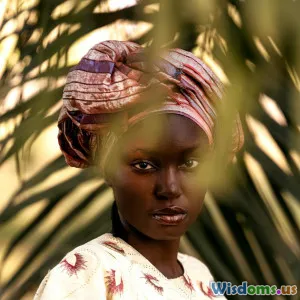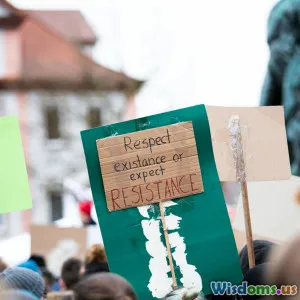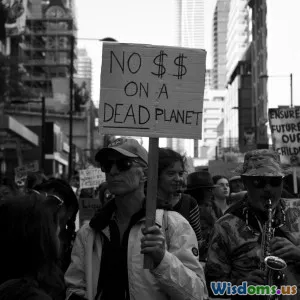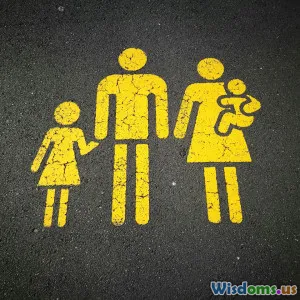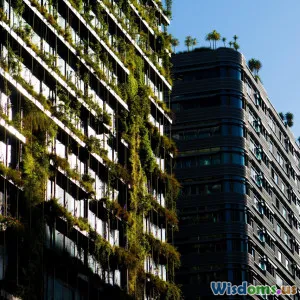
Art in the Age of Globalization: Challenges and Opportunities
6 min read Exploring the dynamic relationship between art and globalization, examining challenges and opportunities that shape contemporary creativity. (0 Reviews)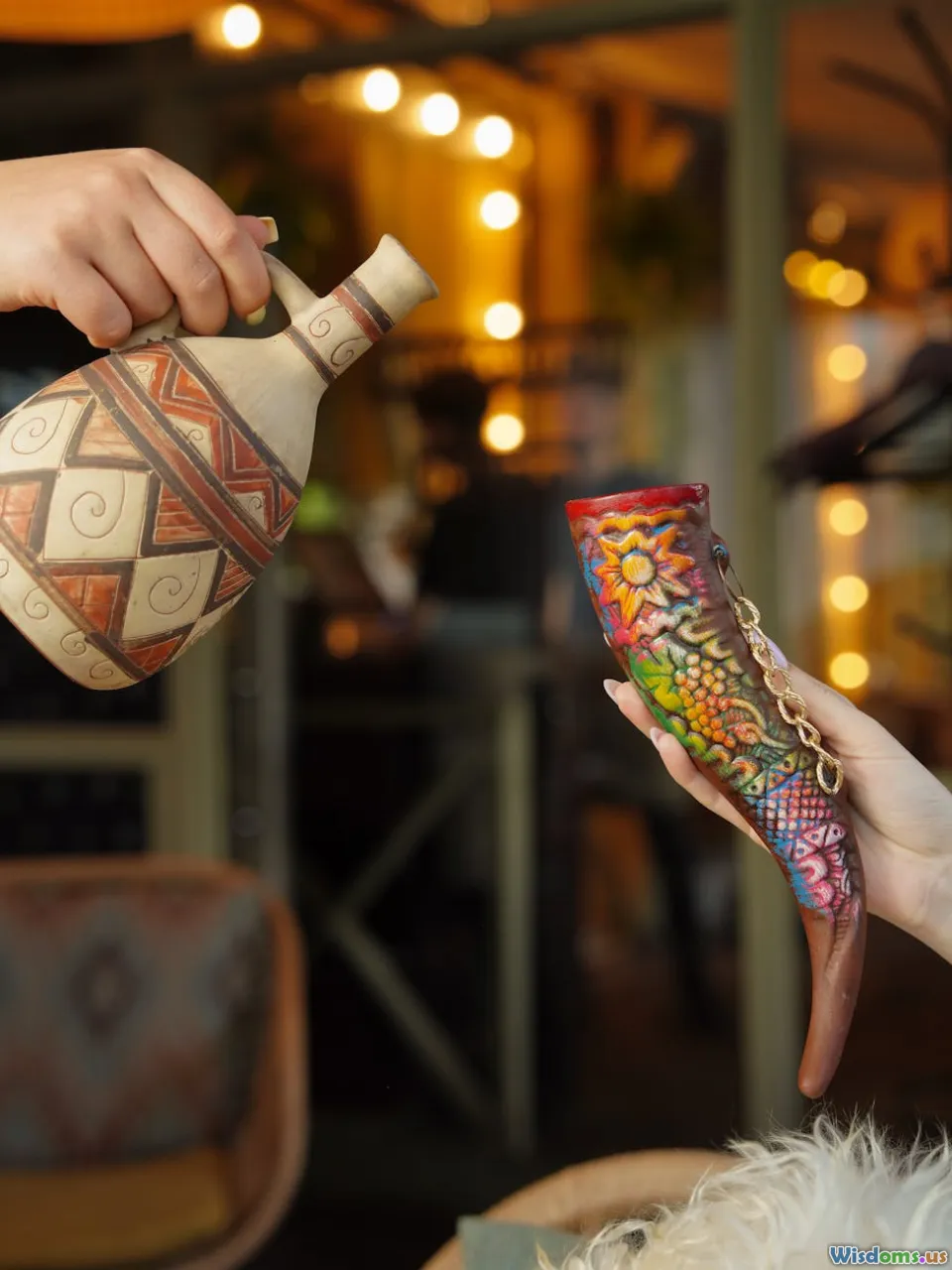
Art in the Age of Globalization: Challenges and Opportunities
Introduction
In today's interconnected world, the landscape of art is rapidly evolving under the influence of globalization. Art, once confined to cultural and geographic boundaries, now transcends these limitations, presenting both unique challenges and exciting opportunities. This article explores the multifaceted relationship between art and globalization, examining how contemporary artists navigate this complex terrain while shaping cultural narratives.
The Globalization of Art
The Rise of Digital Platforms
Globalization has ushered in an era where digital platforms play a pivotal role in the dissemination of art. Artists can now share their work with a global audience through social media, online galleries, and virtual exhibitions. This accessibility fosters a diverse artistic dialogue, allowing for the exchange of ideas and styles across cultures. For instance, platforms like Instagram have become virtual galleries where artists from various backgrounds showcase their work, leading to collaborations that transcend traditional boundaries.
Cultural Appropriation vs. Cultural Appreciation
However, the global flow of ideas and artistic styles raises questions about cultural appropriation versus cultural appreciation. Many artists draw inspiration from diverse cultures, but this can lead to controversies about ownership and representation. For example, when Western fashion designers incorporate elements from Indigenous cultures without proper acknowledgment or understanding, it raises ethical concerns about exploitation and respect. Artists and audiences alike are called to engage in critical conversations about the implications of borrowing from other cultures.
Challenges Faced by Artists
Economic Disparities
While globalization offers new opportunities, it also presents significant challenges, particularly economic disparities. Artists from underrepresented or economically disadvantaged backgrounds often struggle to gain visibility in a global market dominated by established names. The commodification of art can lead to a hierarchy where only those who can afford to promote their work effectively receive recognition. Initiatives such as community art programs and grants aim to level the playing field, yet more support is needed to ensure equitable access.
Maintaining Cultural Identity
Another challenge is the potential dilution of cultural identity. As art becomes increasingly homogenized through global influences, unique cultural expressions may be overshadowed. Artists grapple with the tension between embracing global trends and preserving their cultural heritage. For example, traditional art forms may be adapted to fit contemporary tastes, leading to a blend that appeals to global audiences but risks losing its original significance.
Opportunities for Artistic Expression
Cross-Cultural Collaborations
Despite these challenges, globalization opens doors for cross-cultural collaborations that enrich the artistic landscape. Artists can work together across borders, blending their unique backgrounds to create innovative works that reflect a fusion of ideas. For instance, the collaboration between South African and American musicians during the global music festivals showcases how cultural exchange can lead to groundbreaking artistic expressions that resonate with diverse audiences.
New Avenues for Social Change
Art has always been a powerful medium for social change, and globalization amplifies this potential. Artists can address global issues such as climate change, inequality, and human rights through their work, reaching audiences far beyond their local communities. The global art movement, “Art for the Climate,” exemplifies how artists are using their platforms to advocate for environmental awareness, providing a voice to underrepresented communities affected by climate change.
Conclusion
In conclusion, the age of globalization presents a complex tapestry of challenges and opportunities for artists worldwide. While the digital age fosters accessibility and cross-cultural dialogue, it also necessitates a critical examination of cultural appropriation and economic disparities. By navigating these challenges thoughtfully, artists can harness the power of globalization to create meaningful connections and promote cultural understanding. Ultimately, art in the age of globalization can serve as a bridge, fostering empathy and unity in an increasingly diverse world.
Rate the Post
User Reviews
Popular Posts












